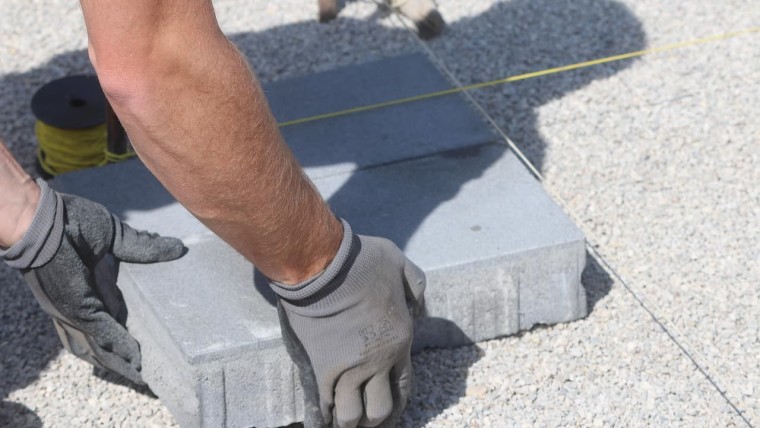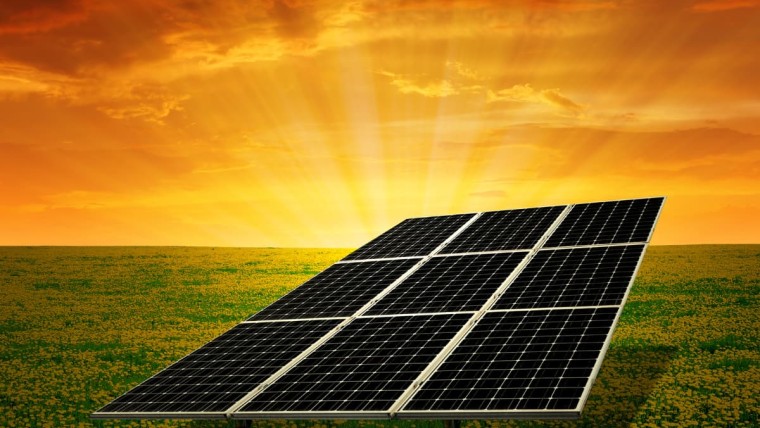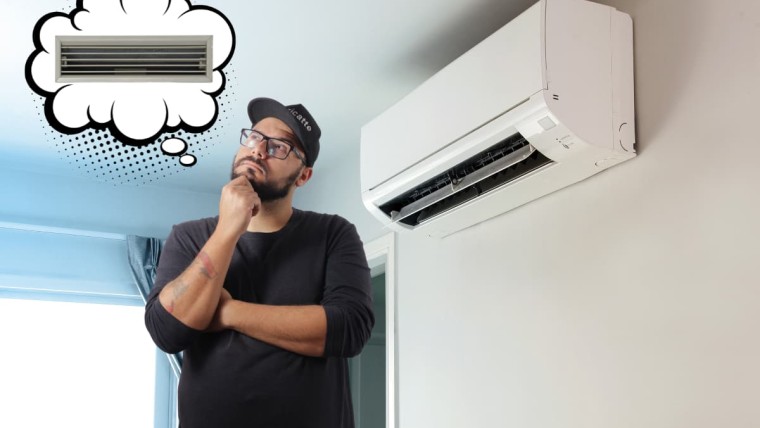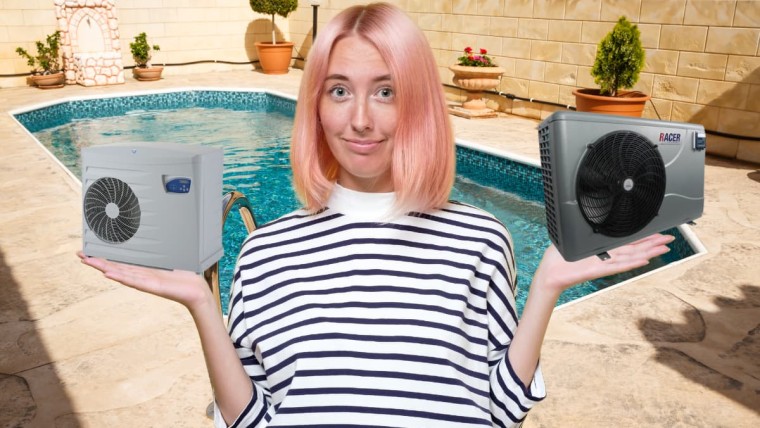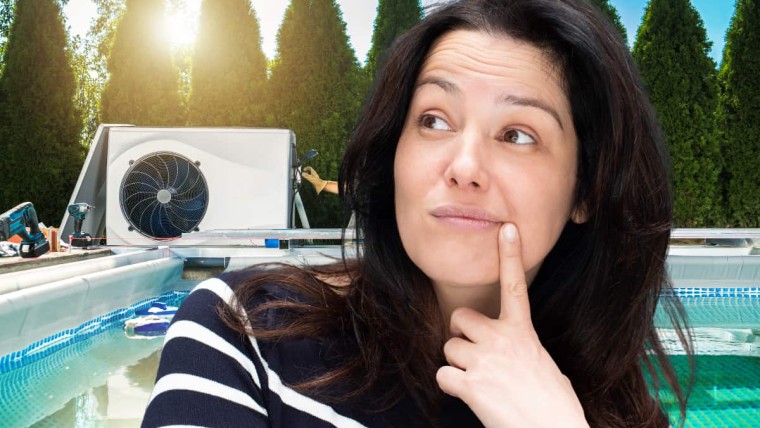If you're looking to heat your pool efficiently and economically, you've probably already heard of the heat pump. But have you ever considered a more environmentally-friendly alternative that's free to use?
The solar cover is an innovative, environmentally-friendly solution that deserves your attention. In this article, we'll explain how this technology works, how it compares to the traditional heat pump and how to maximize its efficiency.
Get ready to discover a pool heating solution that could well revolutionize the way you enjoy your aquatic space.
Understanding how a solar pool cover works
The solar cover, also known as a bubble cover or solar blanket, is an ingenious method of heating pool water by harnessing the sun's energy. This technology captures the sun's energy to raise water temperature, while also contributing to thermal insulation.
Principle of solar energy capture
When the sun's rays come into contact with the cover, the latter, made from specially designed materials, absorbs solar energy. This energy is then transferred to the water just below the cover. The mechanism is similar to the greenhouse effect: the cover captures the sun's heat and distributes it to the water, gradually raising the water temperature.
Thermal efficiency and insulation
In addition to its role as a solar collector, the tarpaulin acts as a protective barrier against night-time heat loss. At night, when temperatures drop, the tarpaulin helps maintain the heat accumulated during the day, thus reducing heat loss.
Factors influencing efficacy
Several factors determine the effectiveness of a solar cover, including the surface area of the pool, the intensity and duration of sunlight, and the surrounding climatic conditions. The orientation of the pool in relation to the sun and the color of the cover can also influence heating capacity.
Results and benefits
On average, the use of a solar cover can increase water temperature by 4 to 8 degrees Celsius. This method of heating is particularly advantageous because it's both environmentally friendly and economical. It requires no additional energy source apart from the sun, making it a sustainable and environmentally-friendly solution.
Comparison between solar cover and pool heat pump
In terms of energy performance, the solar cover and the heat pump for swimming pools have distinct profiles. The heat pump is a proven solution, capable of maintaining a stable temperature in your pool, whatever the weather.
It uses energy from the outside air to heat water, with an energy efficiency of up to 500%. However, it does consume electricity and can therefore entail significant operating costs, especially if you live in an area where electricity is expensive.
The solar coveruses the sun's energy to heat your pool water. It is therefore totally free to use, and has minimal environmental impact. Its performance is highly dependent on the amount of sunshine in your region: in optimal conditions, it can raise the temperature of your pool water by 4 to 8 degrees Celsius.
However, its effectiveness is limited by weather conditions, and it cannot maintain a constant temperature in the absence of sunlight.
The heat pump offers more consistent performance, but at a cost. solar cover is a more ecological and economical option, but is climate-dependent.
How to maximize the efficiency of your solar tarpaulin for free use
To maximize the efficiency of your solar coverThere are several key factors to consider. First of all, sun exposure is essential.
Your solar cover should be exposed to the sun for as long as possible during the day. Ideally, it should face south to capture maximum solar radiation.
Secondly, the size of the cover should be proportional to the size of your pool. A cover that's too small won't cover the entire surface of the water, limiting its effectiveness.
Finally, it's essential to maintain your solar cover properly. Regular cleaning will remove debris and dirt that could block the sun's rays.
We also recommend removing the cover when the pool is not in use, to avoid overheating the water and damaging the pool liner.
Conclusion
Ultimately, the choice between a heat pump and a solar cover to heat your pool will depend on a number of factors. If you're looking for a consistently efficient solution, capable of maintaining a stable temperature whatever the weather, a heat pump will be more suitable.
You can even think about taking a dip in your pool as soon as the sun comes out!
Bear in mind, however, that it consumes electricity, and can therefore entail significant operating costs.
If, on the other hand, you prefer an ecological and economical solution, a solar cover can be an excellent alternative. Free to use, it uses the sun's energy to heat your pool water. Its effectiveness is highly dependent on the amount of sunshine in your region. However, its effectiveness is limited by weather conditions, and it cannot maintain a constant temperature in the absence of sunshine.
Whichever option you choose, it's essential to optimize its use for maximum benefit. For a solar coverThis means good exposure to the sun, the right size for your pool and regular maintenance.
So which solution will you choose? The heat pumpwith its constant performance but at a cost, or the solar covermore ecological and economical, but climate-dependent? The choice isn't easy, and will depend on your priorities, your budget and your environment. In any case, one thing is certain: both options offer efficient ways of heating your pool while minimizing your environmental impact.

Julien G.
Juliena mechanical engineering graduate and specialist in climate engineering since 2009, has become a writer specializing in renewable energies, with expertise in heat pumps and photovoltaic solar panels for individual housing.
See all articles by this author

